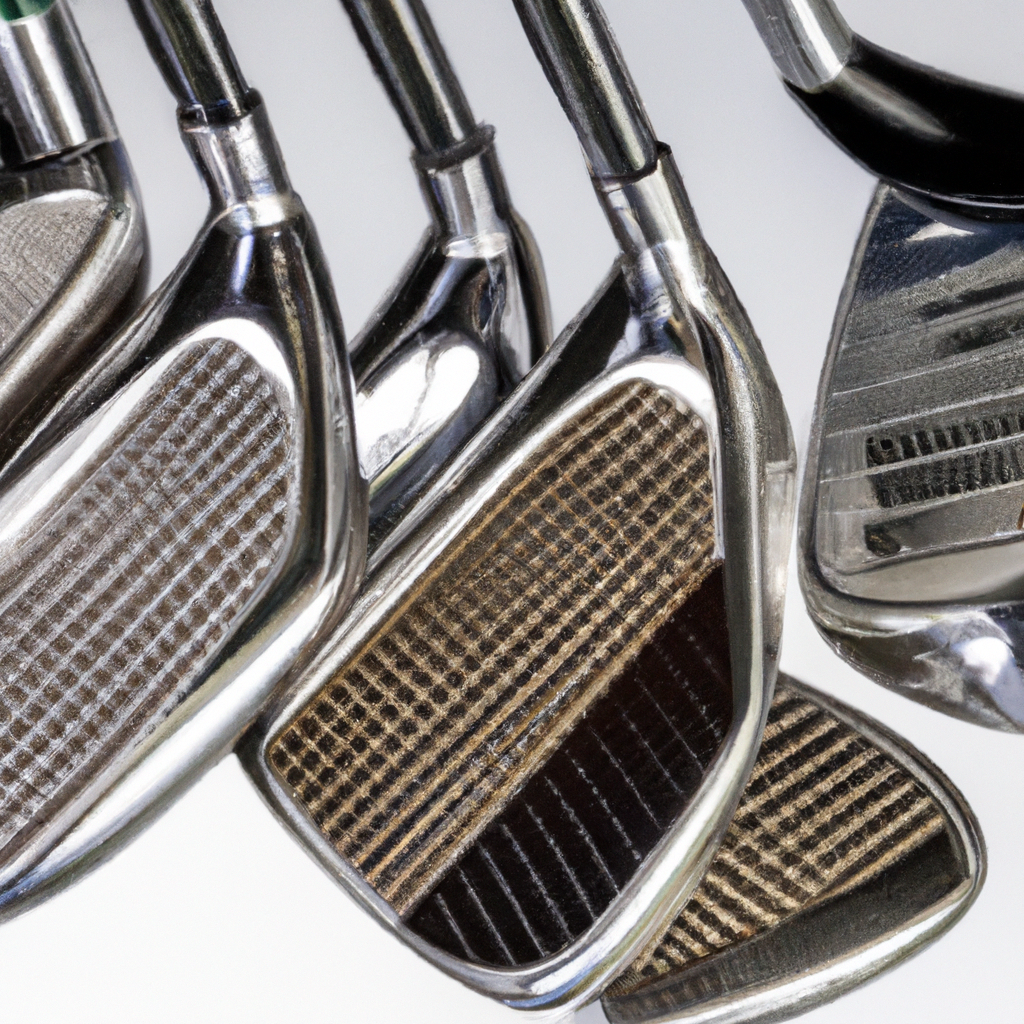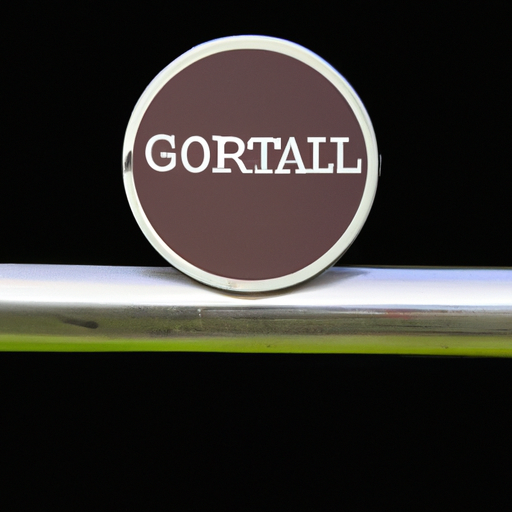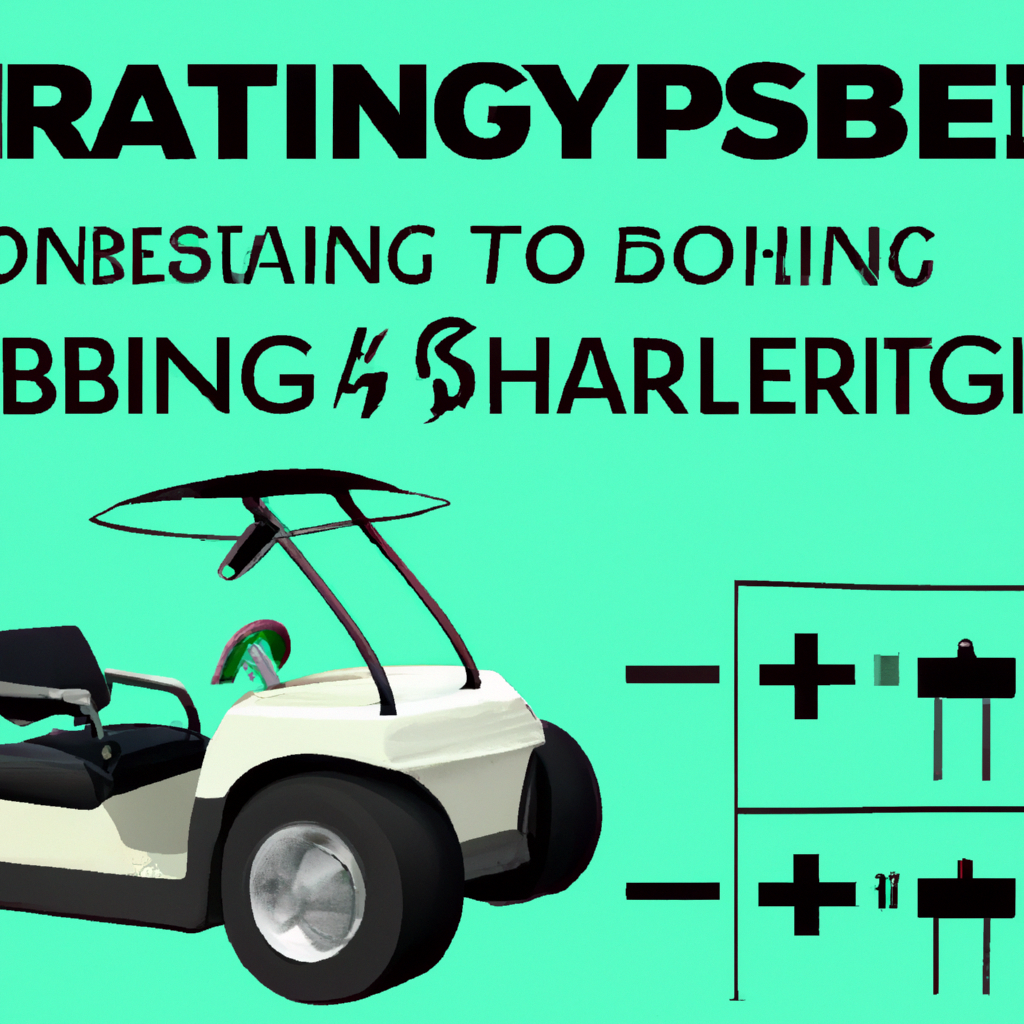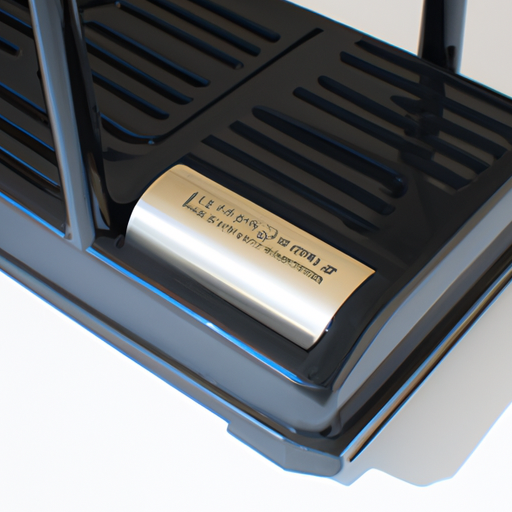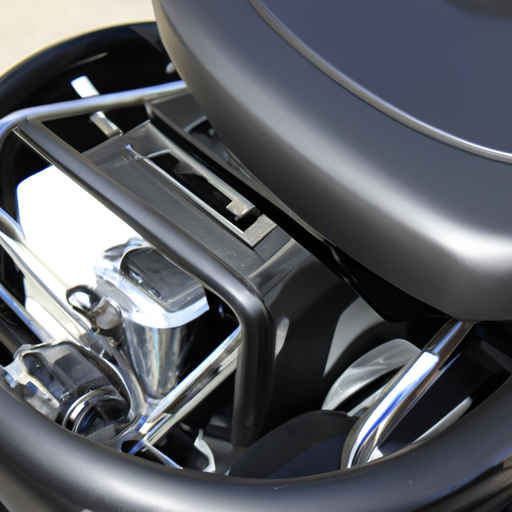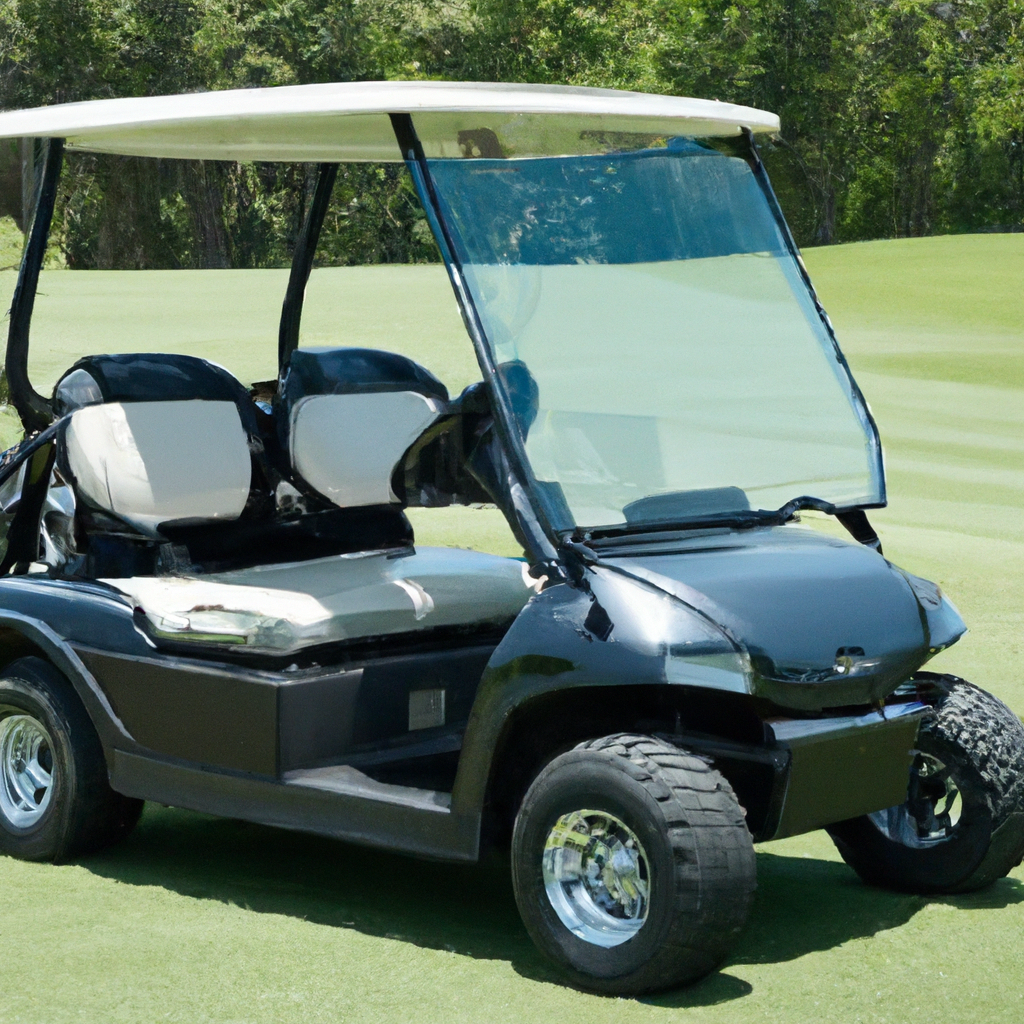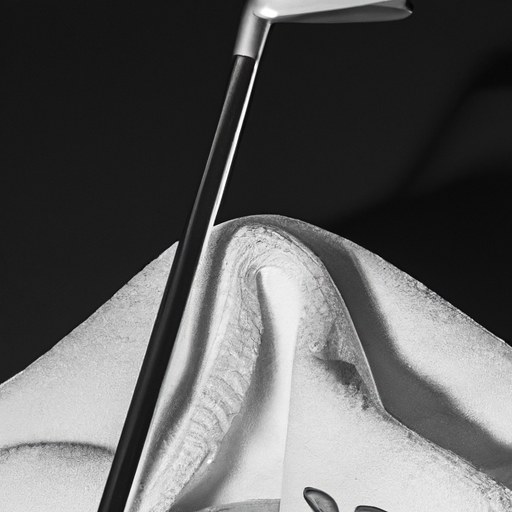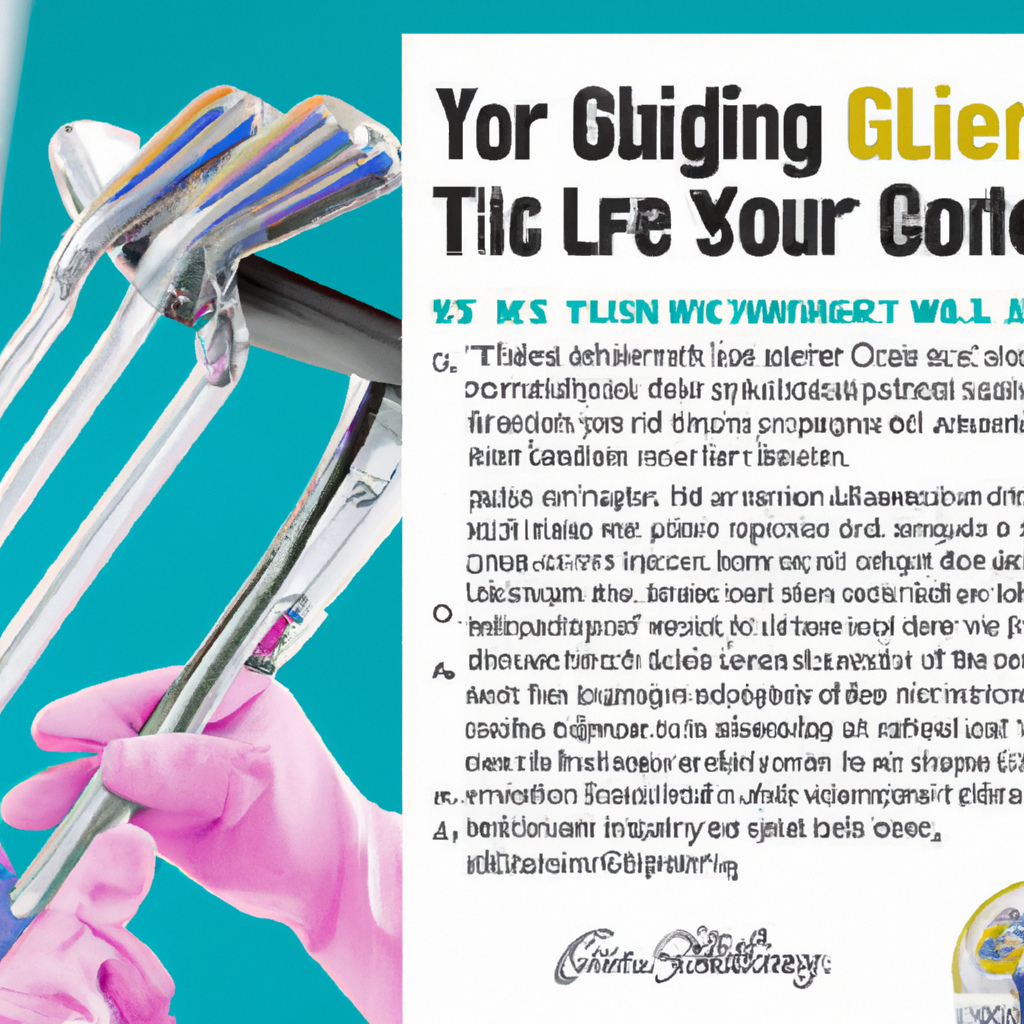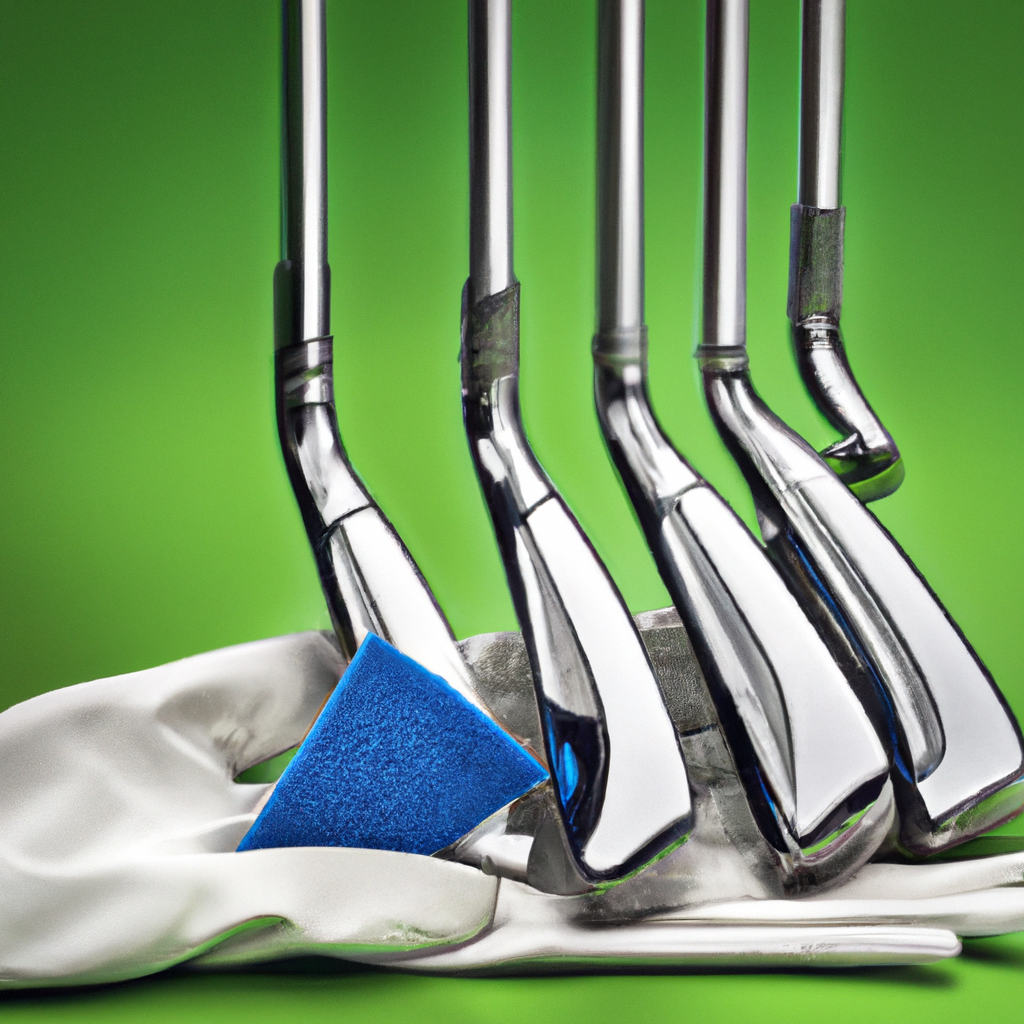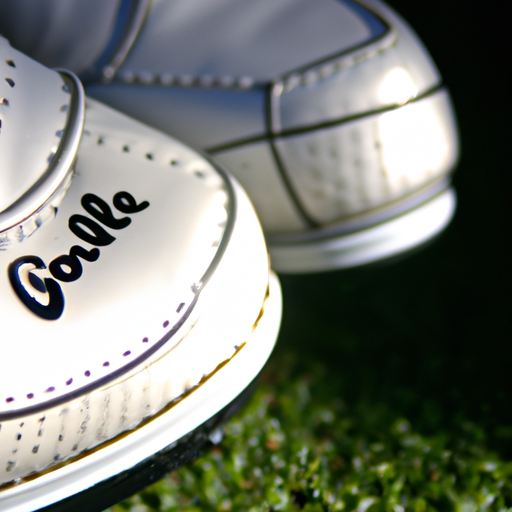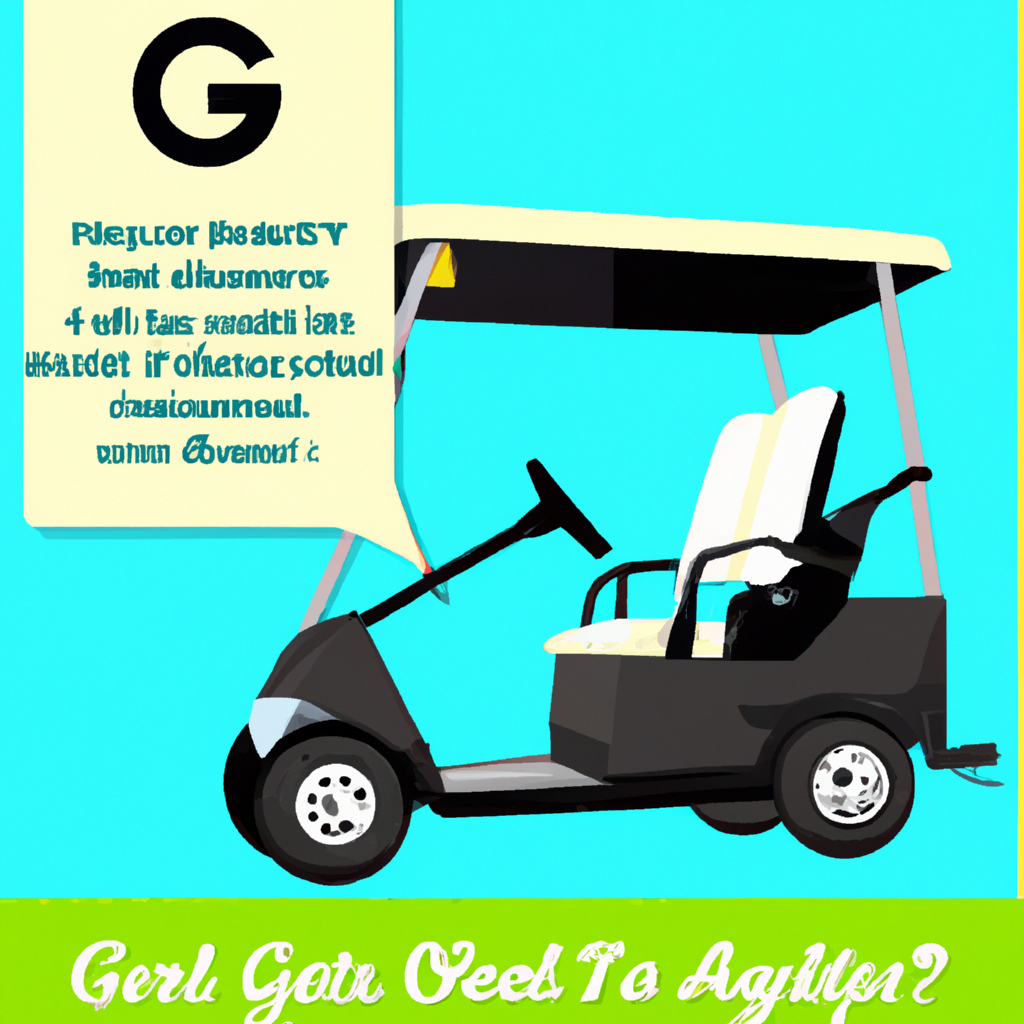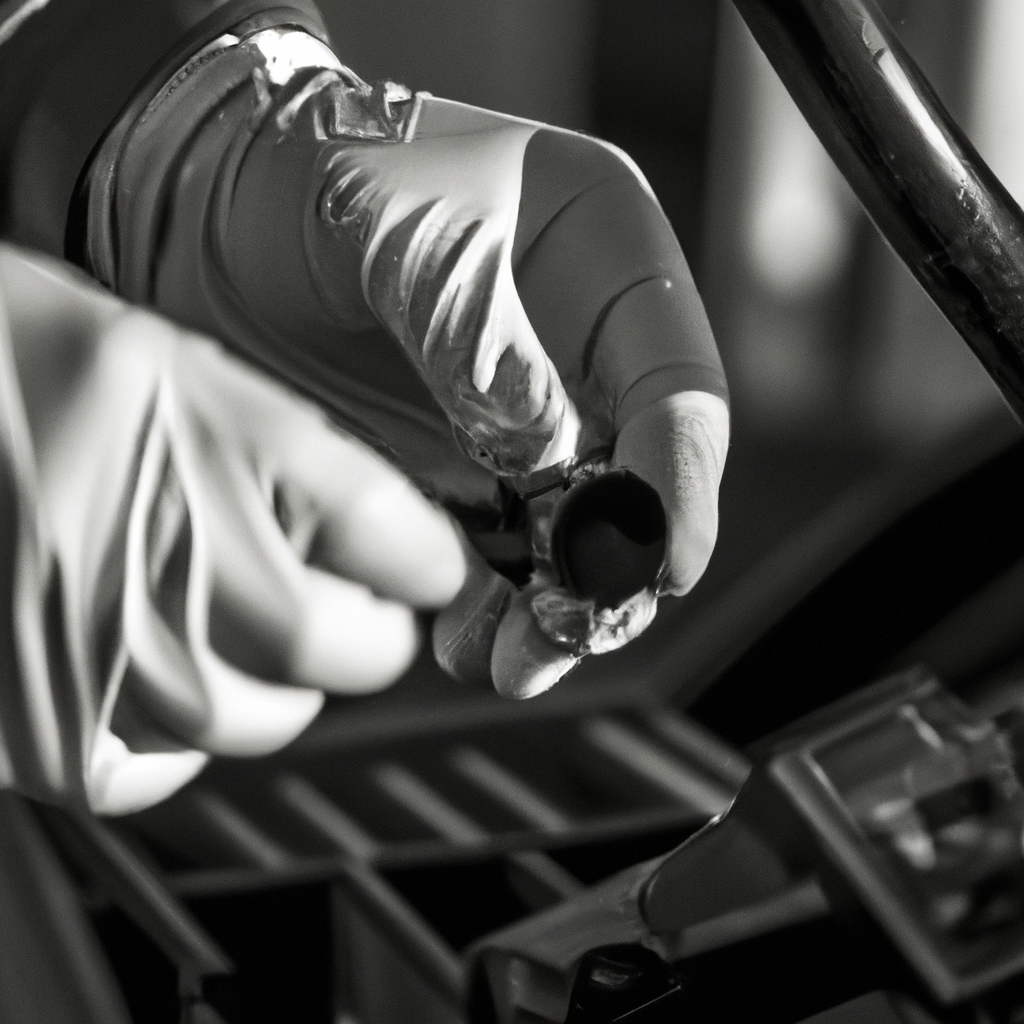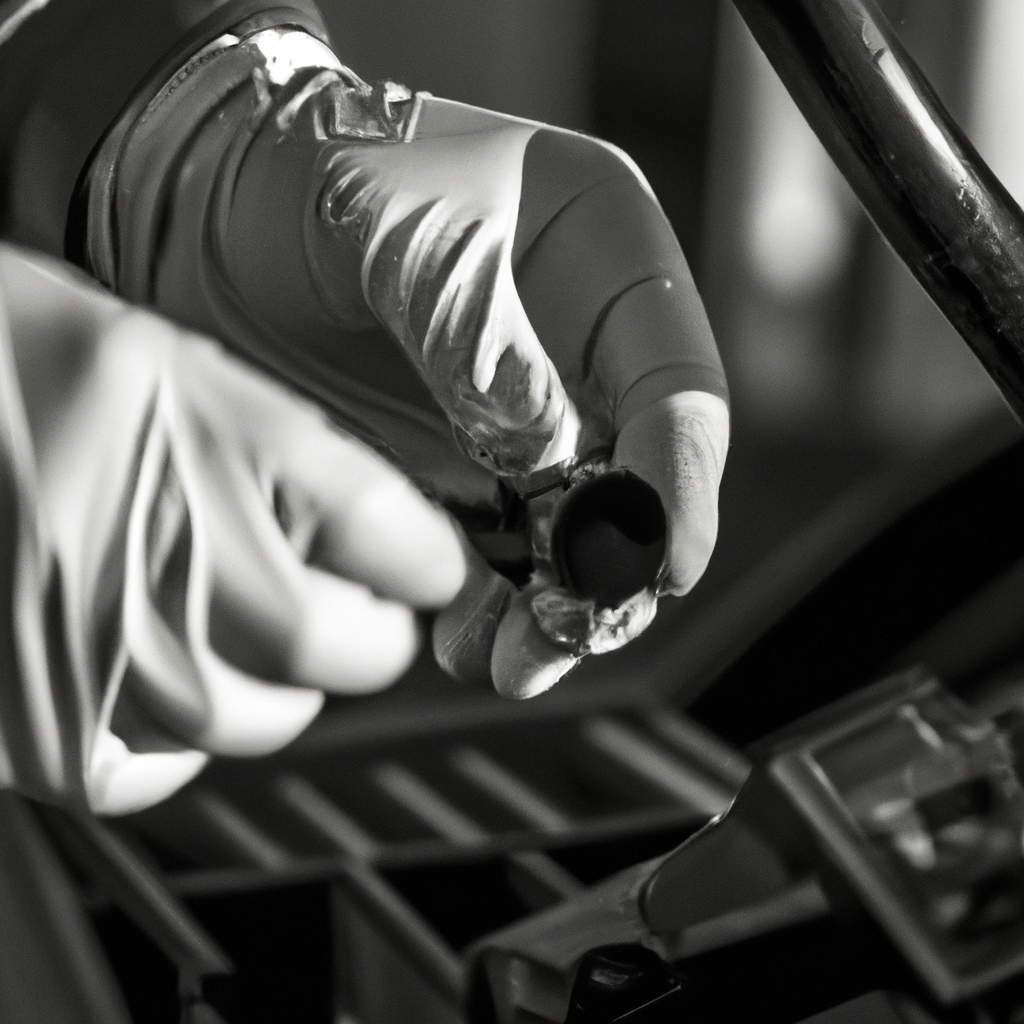Imagine playing a round of golf with gleaming, pristine golf clubs that not only look great but also perform at their best. With “The Ultimate Guide on How to Clean Golf Clubs,” you’ll uncover the secrets to keeping your clubs in top-notch condition. From removing dirt and debris to polishing and protecting the clubheads, this comprehensive guide will equip you with the knowledge and techniques needed to ensure your golf clubs shine on the course. Say goodbye to dirty clubs and hello to improved performance and longevity. It’s time to elevate your golf game with clean clubs that make a statement.

Why is it important to clean golf clubs regularly?
Maintains the performance of the clubs
Regularly cleaning your golf clubs is essential to maintain their performance on the course. When you play golf, dirt, grass, sand, and other debris can accumulate on the clubheads, affecting the club’s ability to make clean contact with the ball. Clean clubheads ensure consistent ball striking and help maximize the distance and accuracy of your shots. By cleaning your clubs regularly, you remove any built-up dirt and ensure that your swings remain smooth and effective.
Improves the lifespan of the clubs
Cleaning your golf clubs regularly can significantly improve their lifespan. When dirt and debris build upon the clubheads, it can lead to wear and tear over time. This can include scratches, corrosion, or even loose clubhead attachments. Proper cleaning and maintenance help prevent these issues and extend the longevity of your clubs. By taking good care of your clubs, you can enjoy them for many years, saving you the cost of frequent replacements.
Prevents rust and corrosion damage
Golf clubs are often exposed to moisture, especially during early morning rounds or when playing in damp conditions. When moisture is left on the clubheads, it can lead to rust and corrosion, causing irreversible damage. Regular cleaning allows you to remove any moisture and prevent rust from forming. Additionally, cleaning solutions specifically designed for golf clubs can help to dissolve any stubborn dirt or grime that may contribute to corrosion.
Enhances the look and feel of the clubs
Clean golf clubs not only perform better but also look more appealing. Maintaining the aesthetics of your clubs can give you a sense of pride and confidence on the course. After all, you’ve invested in quality clubs, and keeping them clean ensures they always look their best. Moreover, when your clubs are clean, their grips feel much better in your hands, providing greater comfort and control during your swings.
Essential tools and materials for cleaning golf clubs
To effectively clean your golf clubs, you will need the following tools and materials:
Warm water
Warm water is the foundation for cleaning your golf clubs. It helps to loosen dirt and debris from the clubheads and grips, making the cleaning process more effective.
Mild dish soap
A mild dish soap is an excellent cleaning agent for removing dirt, grease, and other grime from your clubheads and grips. Be sure to choose a mild soap that is safe for use on your clubs.
Soft-bristled brush
A soft-bristled brush is essential for cleaning your clubheads. It should have bristles that can handle dirt and debris without scratching the clubfaces or damaging the finish.
Toothbrush
A toothbrush can be handy for cleaning hard-to-reach areas on the clubheads or for giving the grooves extra attention. Choose a toothbrush with soft bristles to avoid any damage.
Bucket
A bucket will be used to hold the warm water for soaking your clubheads. Make sure it is large enough to accommodate the size of your clubs.
Towel
Having a towel on hand is necessary for drying your clubs after cleaning. It helps to remove excess water and provides a surface for polishing and final touches.
Golf club cleaning solution (optional)
A golf club cleaning solution can be used for stubborn dirt or grime that does not come off with warm water and mild dish soap. These specialized solutions are designed to dissolve dirt without damaging the clubheads’ finish.
Golf club cleaning brush (optional)
A golf club cleaning brush is a convenient tool that often comes with a built-in groove cleaner. This brush can simplify the cleaning process and provides a dedicated tool for maintaining your clubs.

Simple steps to clean your golf clubs
Follow these simple steps to clean your golf clubs and keep them in pristine condition:
Preparation
Before you start cleaning your golf clubs, it is important to prepare the space and gather all the necessary tools and materials.
Select a suitable cleaning area: Find a clean and spacious area where you can comfortably clean your clubs without any distractions. A workbench or a table covered with a towel can make an ideal cleaning station.
Gather all the necessary tools and materials: Collect warm water, mild dish soap, a soft-bristled brush, a toothbrush, a bucket, a towel, and any optional cleaning solutions or brushes you may have.
Fill a bucket with warm water: Fill the bucket with enough warm water to submerge the clubheads. The temperature should be comfortably warm but not too hot.
Soaking the clubs
Soaking your clubs is an effective way to loosen dirt and debris before scrubbing to ensure a thorough cleaning.
Submerge the clubheads in warm water: Dip the clubheads into the bucket of warm water. Ensure that the water covers the clubheads entirely, but avoid soaking wooden clubheads.
Leave them to soak for a few minutes: Allow the clubheads to soak in the warm water for a few minutes to loosen any dirt or grime. This will make the subsequent cleaning process easier and more effective.
Avoid soaking wooden clubheads: If you have clubs with wooden heads, it is advisable to avoid soaking them. Instead, wipe the wooden parts clean with a damp cloth.
Use a golf club cleaning solution for stubborn dirt: If you encounter any stubborn dirt or stains that do not come off with warm water, you can use a golf club cleaning solution. Apply the solution to the clubheads as directed and let it sit for a few minutes before proceeding to the next step.
Brushing the clubs
Brushing your clubheads effectively removes dirt and debris, ensuring a thorough cleaning.
Gently scrub the clubheads with a soft-bristled brush: Take the soft-bristled brush and gently scrub the clubheads, paying close attention to the face, grooves, and any other areas with visible dirt or grime. Brush in small circular motions to effectively remove the debris.
Pay attention to grooves and face of the club: The grooves on your irons and wedges are essential for spin control. Ensure that you give them extra attention to remove any debris that may affect their performance.
Use a toothbrush for hard-to-reach areas: If there are any hard-to-reach areas on the clubheads, such as tight corners or crevices, a toothbrush can be a useful tool. Its smaller size and bristles allow for more precision cleaning.
Avoid using abrasive brushes on delicate clubheads: Be cautious when choosing a brush for your clubs. Avoid using brushes with abrasive bristles or metal wire brushes, as they can scratch or damage the clubheads’ finish.
Cleaning the grips
Cleaning the grips ensures that they remain in good condition and maintain their tackiness for a secure grip.
Wet a towel or sponge with soapy water: Dampen a towel or sponge with warm water and a small amount of mild dish soap. Ensure that the towel or sponge is not overly saturated.
Wipe down the grips: Gently wipe down the grips with the damp towel or sponge, ensuring that the entire surface is cleaned. Pay attention to any areas that may have accumulated dirt or sweat.
Scrub any stubborn stains or dirt: For any stubborn stains or dirt on the grips, use a toothbrush or soft-bristled brush to scrub the affected areas. Avoid applying excessive force that may damage or wear down the grips.
Rinse the grips with clean water: After cleaning the grips, rinse them thoroughly with clean water to remove any soap residue. Ensure that no soap remains on the grips, as it can make the grips slippery during your next round.
Dry the grips thoroughly: Use a clean towel to dry the grips completely. Make sure there is no lingering moisture, as it can affect your grip and potentially lead to slipping.
Drying and polishing
After cleaning, it is important to dry and polish your golf clubs to ensure they are ready for use and protected from any residual moisture.
Use a towel to dry the clubheads: Take a clean towel and gently pat the clubheads dry to remove any excess water. Ensure that all surfaces, including the clubfaces and grooves, are thoroughly dried.
Remove excess moisture from grooves with a towel or tee: Since the grooves play a vital role in spin control, it is essential to remove all moisture from them. Use a towel or a tee to carefully wipe out any remaining dampness from the grooves.
Polish the clubheads with a clean, dry cloth: Once the clubheads are dry, use a clean, dry cloth to polish them. This step enhances the appearance and further removes any remaining dirt or smudges.
Inspect the clubs for any remaining dirt or grime: After drying and polishing, inspect the clubs to ensure they are clean and free of any remaining dirt or grime. If necessary, repeat any of the previous steps to address any missed areas or stubborn stains.
Store the clubs in a clean and dry place: Finally, ensure that you store your clubs in a clean and dry place. Avoid leaving them exposed to moisture or extreme temperatures, as this can lead to rust, corrosion, or other damage. Consider using a golf bag with club dividers to keep your clubs organized and protect them from scratching or banging against each other.
Additional tips for maintaining clean golf clubs
In addition to regular cleaning, here are some bonus tips to help you maintain your golf clubs in top condition:
Clean your clubs after each round of golf
Make it a habit to clean your golf clubs after every round of golf. This prevents any stubborn dirt or grime from building up and ensures that your clubs are always ready for optimal performance.
Avoid using harsh chemicals or solvents
When cleaning your golf clubs, avoid using harsh chemicals or solvents that may damage the clubheads’ finish or grips. Stick to mild dish soap and water or specialized golf club cleaning solutions to ensure safe and effective cleaning.
Regularly inspect and clean the clubhead covers
If your clubs have clubhead covers, regularly inspect and clean them as well. Removing dirt and debris from the covers prevents any transfer of dirt onto the clubheads during storage or transportation.
Store the clubs in a golf bag with club dividers
To prevent your clubs from rubbing against each other and potentially getting scratched or damaged, store them in a golf bag with club dividers. This keeps each club separated and protected, ensuring their longevity and pristine condition.
Consider using a golf club cleaning brush for convenience
If you find yourself frequently cleaning your clubs, investing in a golf club cleaning brush can be a convenient option. These brushes often come with built-in groove cleaners and make the cleaning process quicker and more efficient.
Conclusion
Regularly cleaning your golf clubs is not only important for optimal performance but also crucial for extending their lifespan. By maintaining clean clubheads and grips, you ensure consistent ball striking, prevent corrosion, and enhance the overall appearance and feel of your clubs. Follow the simple steps outlined in this article, using the recommended tools and materials, to keep your clubs in pristine condition. Make it a habit to clean your clubs after each round of golf, and store them in a clean, dry place to enjoy their longevity and continued performance on the course.
